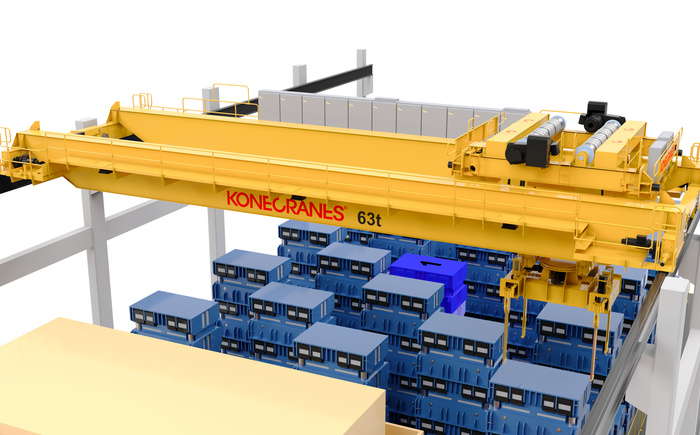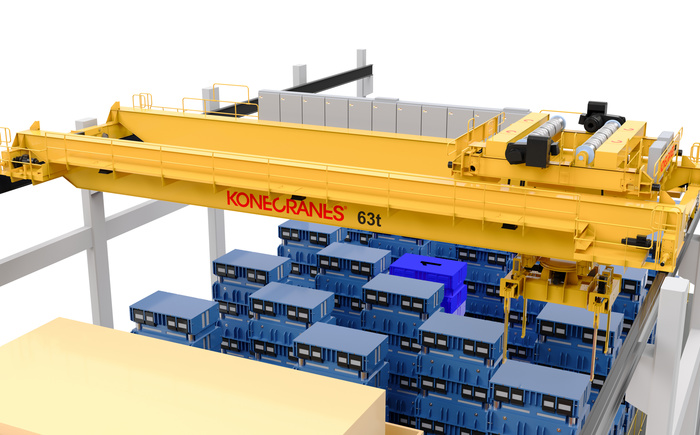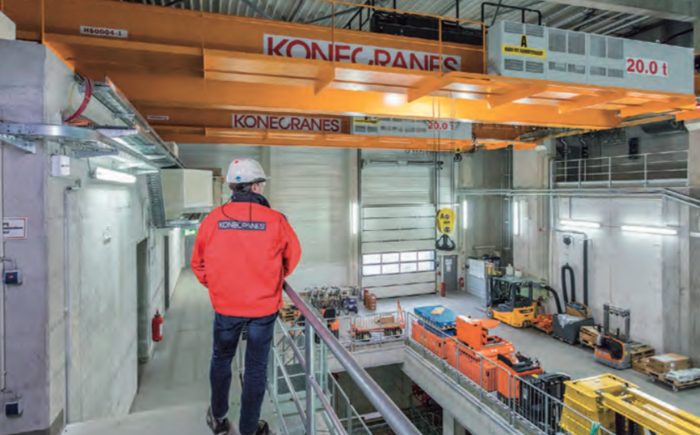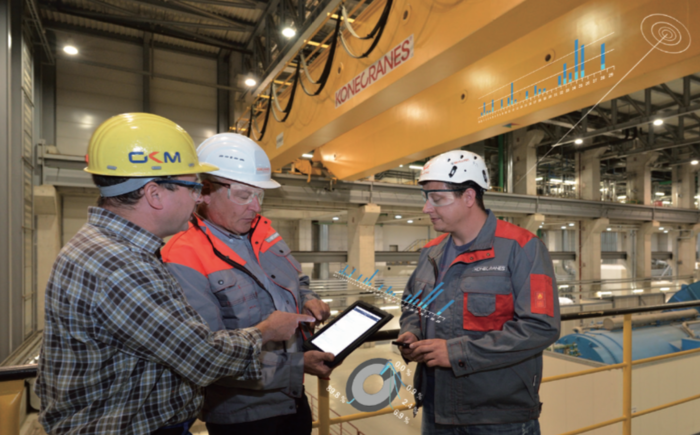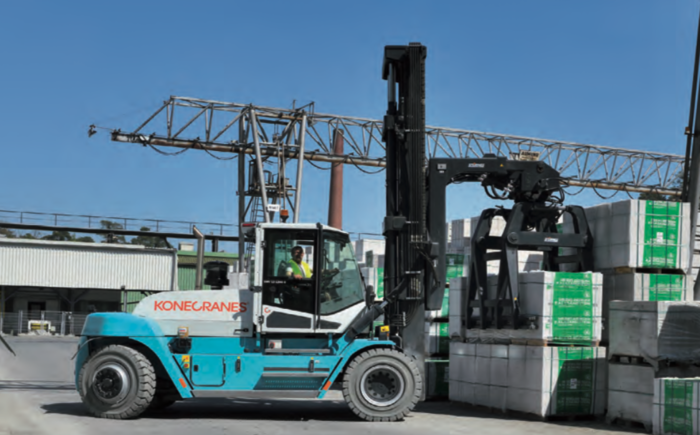Konecranes was performing quarterly MAINMAN inspections for an east coast automotive parts manufacturer, along with repairs and emergency site visits. At year-end, Charlotte, NC branch manager Jon Travis put together a business review for overall crane performance at the facility.
“Some of their older hoists were in unsafe and non-productive operating condition,” said Travis. “The primary culprits were a 25-ton scrap handling crane and a 40-ton tool and die crane, both around 30 years old. These cranes were experiencing frequent major breakdowns and deterioration because of age.” The two overhead cranes were AC-powered but used maintenance-intensive contactor controls. In addition, parts were becoming harder and harder to locate. Konecranes analysis showed that repairs and emergency service for these two cranes were siphoning up 75 percent of the company’s overall crane budget.
Keep the crane, change the hoist
Since its MAINMAN inspections had documented that the crane structures still had substantial life, Konecranes recommended replacing both old-style hoists with modern Konecranes CXT hoists and upgrading contactor controls to variable frequency drives. The customer agreed, and the two new hoists were installed. Since then, crane downtime at this facility has plummeted by 85 percent, and the customer has had only one repair. There have been no repairs on either crane in the past year.
“Konecranes data-rich inspection approach and annual business reviews based on this data provide customers with a real-world basis on which to base decisions on repair and replacement of crane equipment." said Travis. Often the cost of the upgrade is a drop in the bucket compared to the cost of production downtime.”
